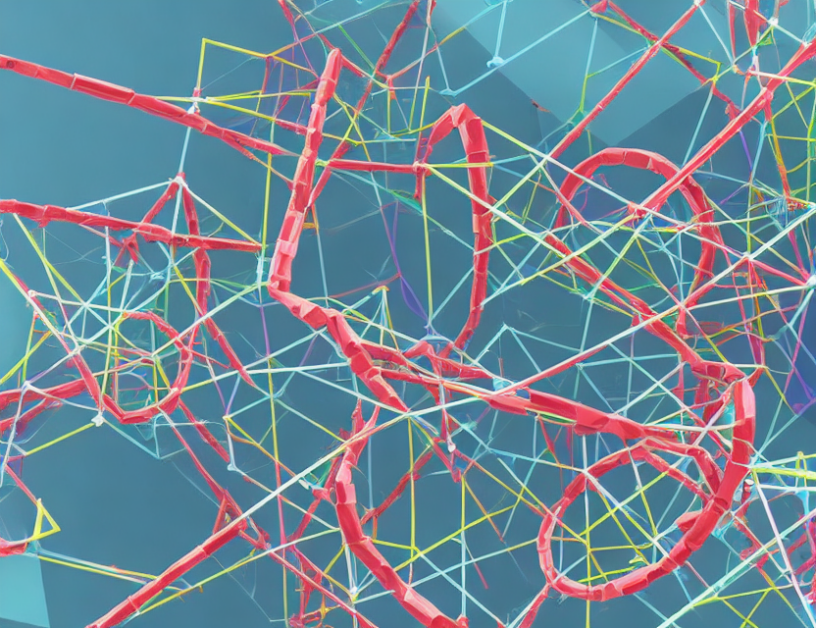In this comprehensive overview of coding theory, Professor Calderbank delves into the fascinating world of signal processing and communication. He masterfully demystifies complex concepts by using relatable analogies and metaphors, making it accessible to an average adult reader.
The article begins with an introduction to the fundamental principles of coding theory, which is essential for understanding the subsequent discussions. Calderbank explains that coding theory is concerned with developing techniques to transmit information accurately over long distances or through noisy channels. This is particularly important in modern communication systems where signals can be degraded by interference or errors during transmission.
Calderbank then provides a detailed account of the various approaches to error-correcting codes, including linear and nonlinear codes. He explains that these codes are designed to detect and correct errors that may occur during data transfer, ensuring reliable communication. The author also discusses the importance of coding theory in cryptography, highlighting its application in secure communication systems.
Throughout the article, Calderbank uses engaging analogies to simplify complex concepts. For instance, he compares error-correcting codes to "checksums" that verify the integrity of digital files, much like a bank teller counts cash to ensure it matches the amount stated in a transaction.
In addition to its practical applications, Calderbank also explores the theoretical foundations of coding theory. He discusses the concept of information distance and its relationship to entropy, providing insight into the fundamental limits of data compression.
Throughout the article, Calderbank consistently emphasizes the importance of collaboration in scientific research. He acknowledges the contributions of his colleagues and predecessors in the field of coding theory, highlighting the value of interdisciplinary collaboration.
In conclusion, "The Art of Signaling: Fifty Years of Coding Theory" provides a comprehensive overview of the fascinating field of signal processing and communication. Calderbank’s use of relatable analogies and metaphors makes it accessible to an average adult reader, demystifying complex concepts in the process. The article highlights the importance of coding theory in modern communication systems, emphasizing its potential applications in cryptography, data storage, and secure communication. Ultimately, Calderbank’s work underscores the significance of collaboration in scientific research, recognizing the contributions of countless individuals who have contributed to the field over the past five decades.
Computer Science, Information Theory
DNA Computing: An Evolving Area of Research for Error-Correcting Codes and Data Storage



